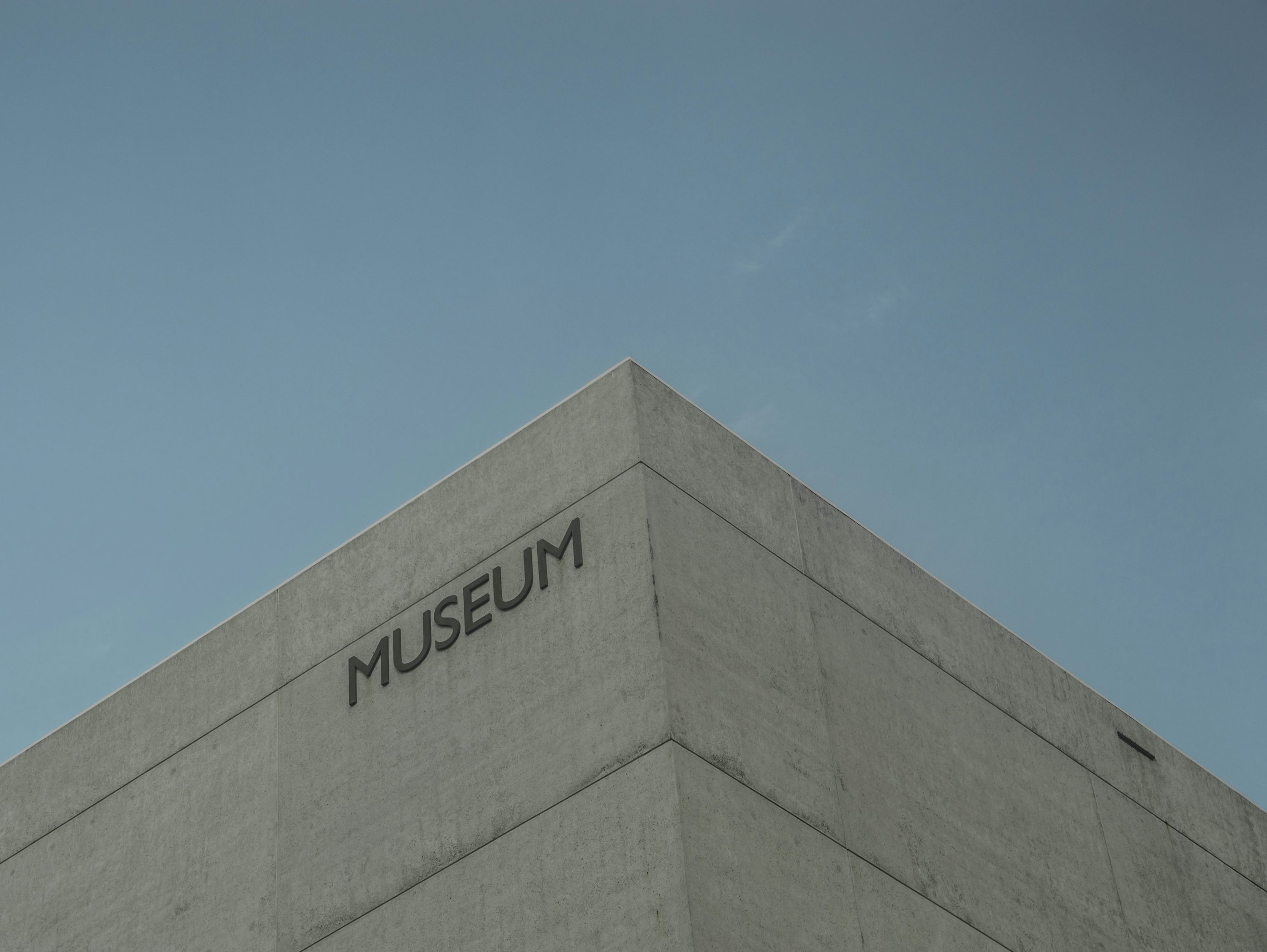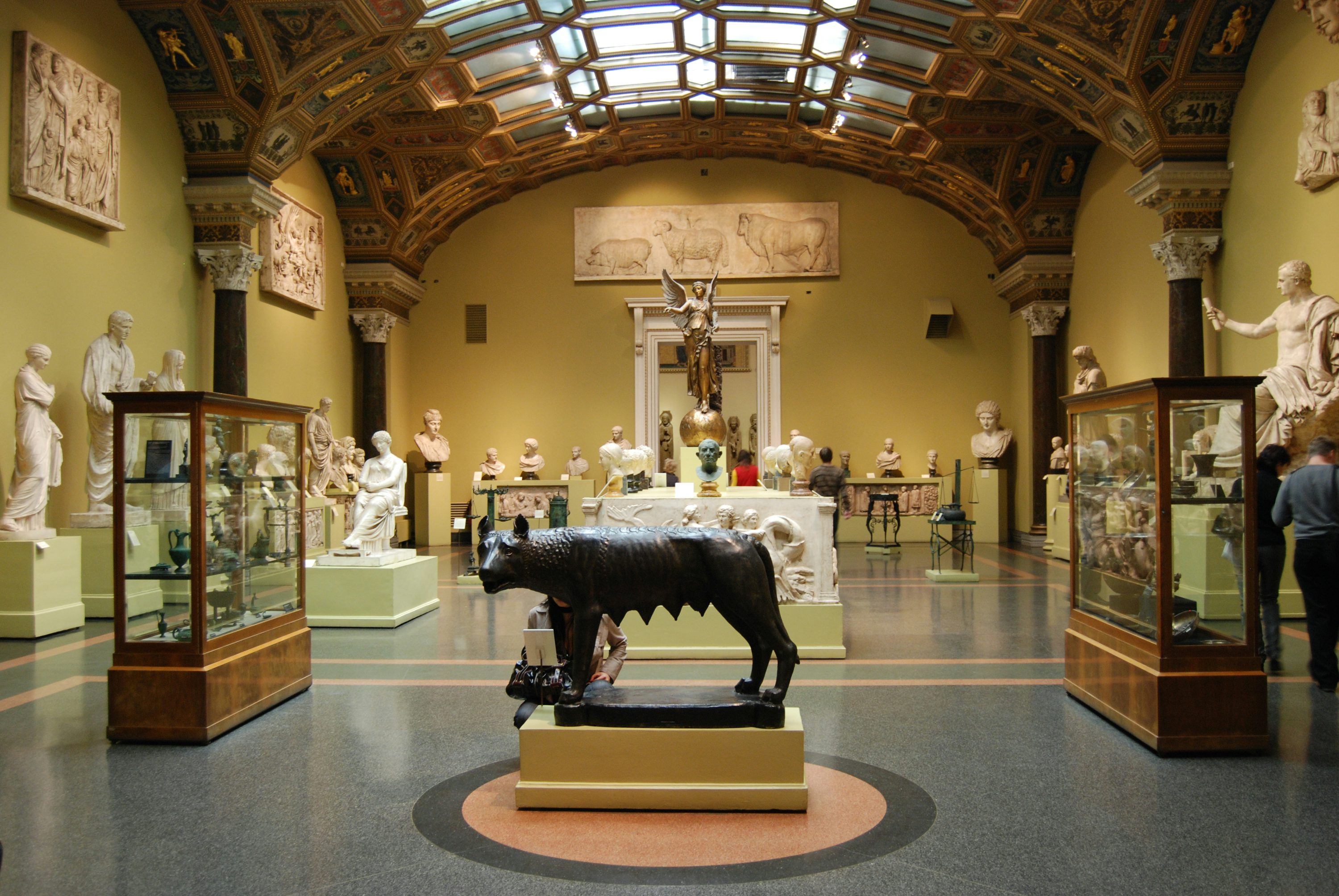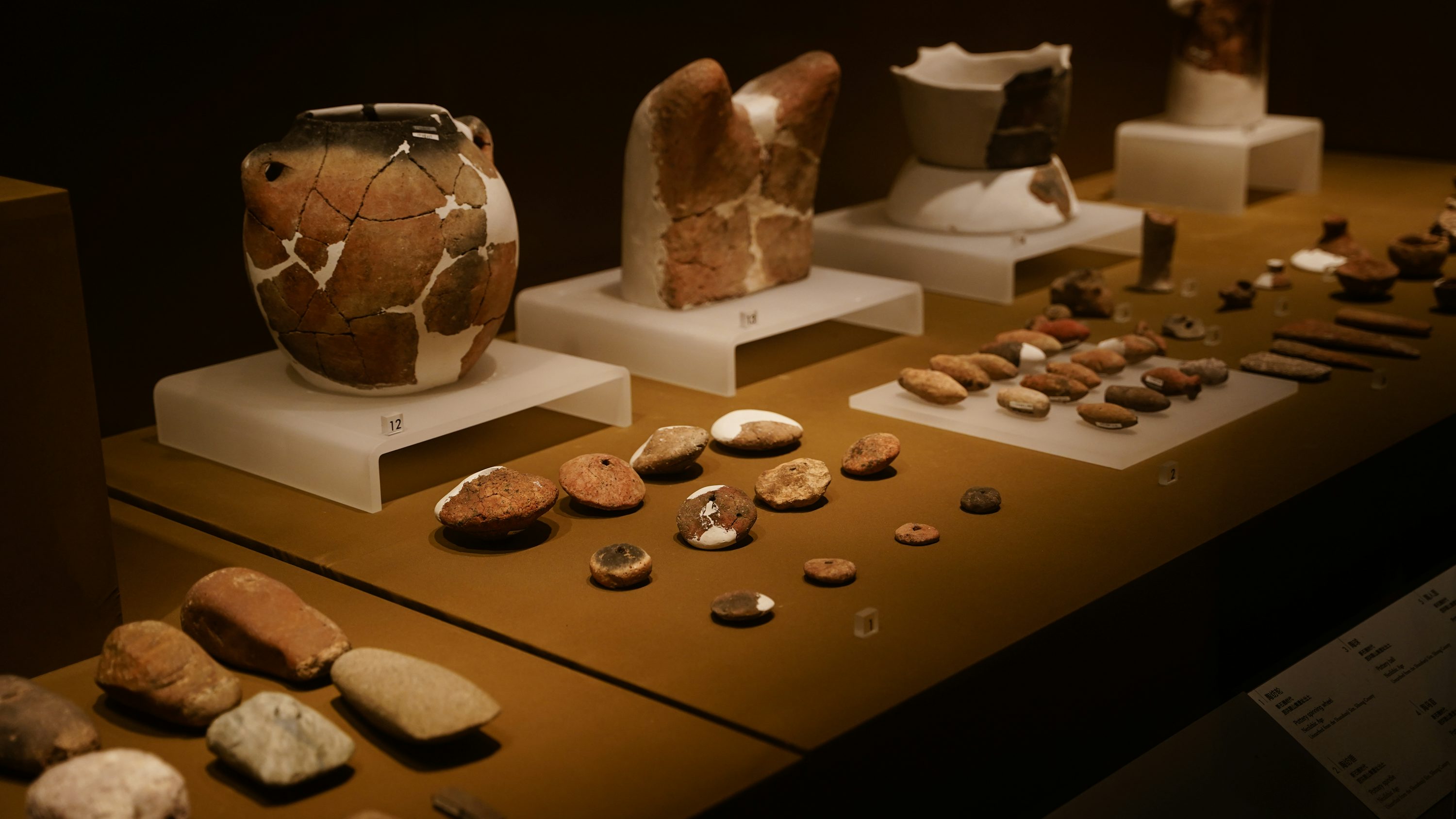With the increasingly frequent global cultural exchanges, the transnational transportation of museum cultural relics has become the norm. However, every movement of cultural relics is accompanied by many risks, and transportation insurance plays a vital role in it.

In France, the precious collections of the Louvre often participate in exhibitions around the world. When those artistic treasures that have been baptized by years embark on the transportation journey, transportation insurance is like a silent guardian. Their value evaluation is extremely rigorous, and the expert team will comprehensively consider the historical background, artistic value, rarity and market conditions of cultural relics. In the event of an accident in transit, such as damage caused by collision and bumps, or damage caused by force majeure such as flight delay and sudden climate change, the insurance mechanism will start quickly. The insurance company will send professionals to the site to investigate, communicate with the museum, and pay compensation according to the insurance clauses, so as to ensure that the museum can get corresponding economic compensation for the restoration of cultural relics or the re-purchase of exhibits, so as to avoid greater losses of these cultural heritages shared by mankind.

The collection of British Museum in Britain is rich and diverse, and the case of cultural relics transportation insurance is also attracting attention. In the process of transporting ancient Egyptian mummies and related cultural relics buried with them to an Asian country, some cultural relics were eroded by water stains due to the bad weather of the transport ship and the water in the cargo hold. Thanks to the perfect transportation insurance, the insurance company intervened in time, on the one hand, it assisted the museum to take emergency rescue measures to minimize the damage of cultural relics; On the other hand, the claim settlement work is carried out quickly, and the damaged cultural relics are valued and compensated according to the "all risks" clause in the insurance contract. This not only relieves the economic pressure of the museum, but also provides financial support for the subsequent restoration of cultural relics, so that these cultural relics bearing the memory of ancient Egyptian civilization can have a chance to be reborn.
The Berlin Museum Union in Germany also has a mature model in cultural relics transportation insurance. When borrowing medieval armor from a large museum in the United States, transportation insurance covers all aspects from packaging, loading and unloading to transportation. When the armor is slightly scratched due to improper operation during loading and unloading, the insurance company's claims team quickly handles it according to the established process. According to the special value evaluation system of cultural relics, they accurately calculated the impact of scratches on the overall value of cultural relics and gave the museum a reasonable amount of compensation, taking into account the age, production technology and historical research value of armor. This accurate insurance service not only maintains the cooperative relationship between museums, but also ensures the safety and value protection of cultural relics during the cultural exchange journey.

The transportation insurance of museum cultural relics is a complex and delicate knowledge, which needs to comprehensively consider the uniqueness of cultural relics, the complexity of transportation and various potential risks. It is like a solid defense line, escorting the flow of precious cultural relics around the world, enabling human cultural treasures to shine in different regions, and at the same time providing solid and reliable economic support for museums and other interested parties, so that they can no longer be helpless in the face of cultural relics transportation risks, but can calmly deal with them, ensure the smooth progress of cultural exchanges, and continue to write a new chapter in the inheritance and sharing of cultural heritage.




